The history of hair removal is surprisingly gory. Throughout the ages, humans have employed shockingly invasive methods in pursuit of hairlessness. From arsenic to X-rays, cat dung to lasers, body grooming methods have ranged from the bizarre to the downright dangerous.
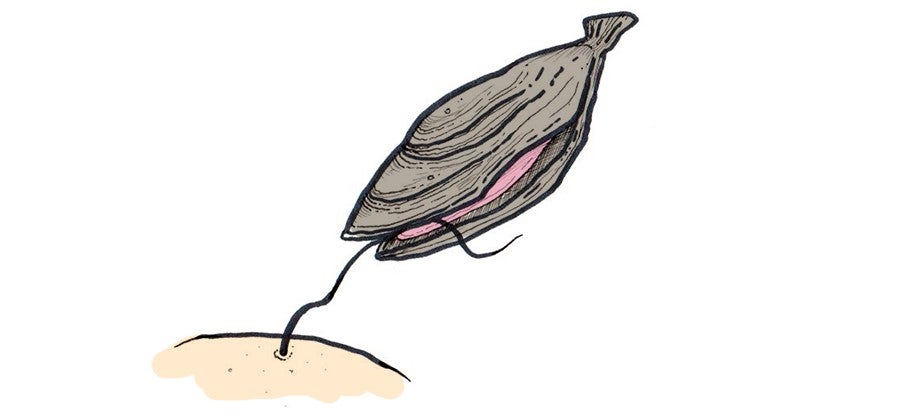
Seashell Tweezers (100,000 BCE)
In the beginning, there were seashells. Prehistoric hunters used the mollusks to pluck pesky hair from their faces so their beards wouldn’t freeze over and give them frostbite. There aren’t any LiveJournal entries from this era, but ancient cave paintings show early men awkwardly maneuvering multiple seashells to use as makeshift tweezers; suffice to say, the procedure probably wasn’t particularly effective.
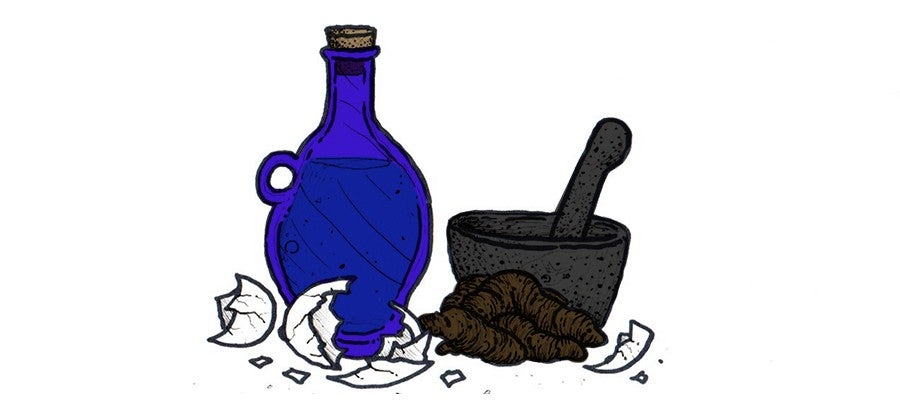
Arsenic and Cat Dung (1540–1870)
Lotions and potions for hair removal reigned from the age of Tutankhamun to today. The first depilatory creams were made from a toxic sludge of arsenic, quicklime and starch; Egyptians used them, in addition to razors, to keep their domes sparkly. (At the time, real head hair was considered uncouth. Fake head hair, on the other hand, was totally kosher: Egyptians would wear wigs designed for maximum airflow and don fake beards, which were considered “godly.”). Women — and some men — continued to mix a lil arsenic in their creams well into the 1870s, even when reports surfaced that the compounds could induce vomiting, convulsions, coma and death. While the exact compositions likely varied, they worked similar to the way Nair chemically softens or diffuses hair so that it can be easily wiped away. A typical depilatory recipe, republished in historian Rebecca M. Herzig’s Plucked: A History of Hair Removal, reads as follows:
“Take new burnt Lime four ounces, of Arseneck an ounce, steepe both these in a pint of water the space of two days, and then boyle it in a pint to a half. And to prove whether it be perfect, dipped a feather therein, and if the plume of the feather depart off easily, then it it is strong enough[…]”
Later recipes for removing chin pubes featured in a widely circulated book from the 18th century called “Cosmetics,” contained even more exotic ingredients including eggshells, vinegar, cat poop. For out-of-control eyebrow hair, a combo of ground ivy, gum, ant eggs, burnt leeches and frog’s blood was recommended. Yum!
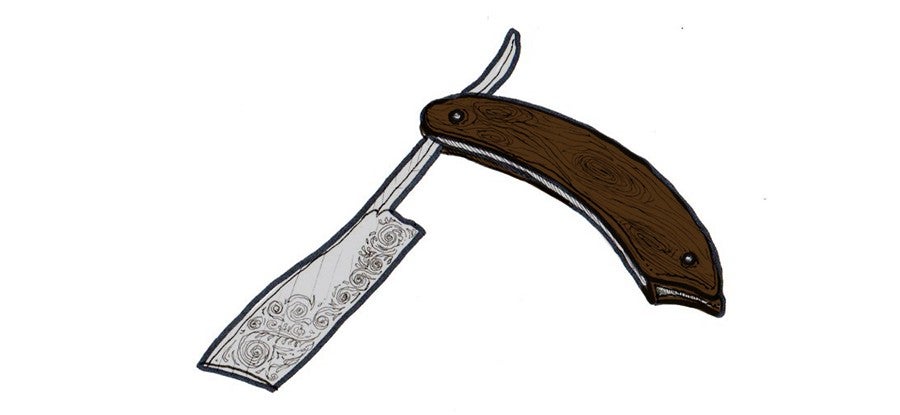
Cut-Throat Razors (1500–1880)
Before the safety razor was patented in May of 1880 by Fredrik and Otto Kampfe of Brooklyn, shaving was a perilous task: using a razor required considerable skill, lest the act lead to “bloodbaths,” as one scholar of shaving described the potentially grisly scene.
Because of the exquisite control required for gliding sharpened steel so close to a man’s trachea, barbering was considered a skill as advanced as bone setting, tooth extraction and bloodletting. No wonder, then, that barbers across 1500s Europe shared their own guild with general surgeons: The red-and-white swirl of a barber’s pole, now synonymous with old-timey mustache waxers in hipster enclaves, once represented the blood and bandages associated with a barber’s surgical duties. Barbers were even tasked with performing amputations on the battlefield, something that’s very hard to imagine happening these days unless an emergency draft was extremely unsuccessful.
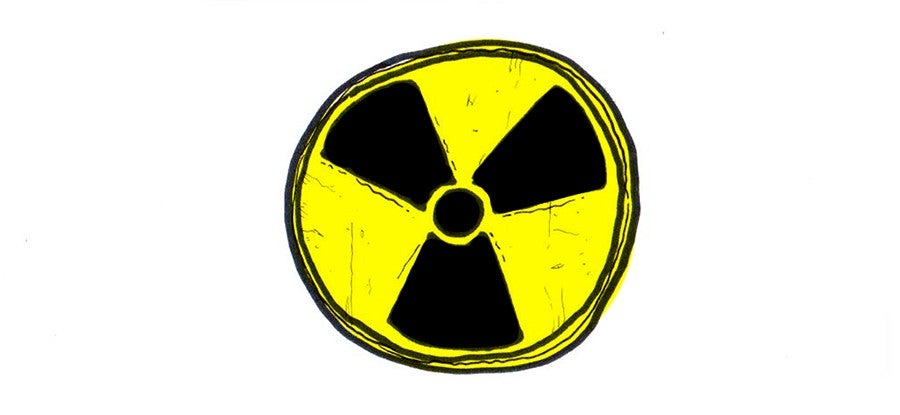
Radiation Poisoning (1860–1930)
In the 1860s, Vanderbilt professors John Daniel and Dr. William L. Dudley accidentally popularized a new and dangerous method for hair removal. After using an x-ray to locate a bullet in the head of a wounded child, they noted that all of his hair fell out as a result. Reporters spread the story far and wide, and the ominous side-effect of radiation therapy came to be seen as a pleasing alternative to more laborious methods for hair-removal.
By the 1920s, a blast of radiation could easily be had at the local beauty shop by using the Tricho System, which consisted of a mahogany booth that contained a Cornell x-ray tube you essentially stuck your face into.

Of course, the end results were disastrous, though serious side-effects didn’t appear until well after treatment. By the 1940s, many of those who used the Tricho Systems were diagnosed with cancer. Others suffered skin burns, skin thickening and permanent disfigurement. By 1970, x-ray hair removal was cited as the source of more than a third of all radiation-induced cancer in women over a 46-year-span.
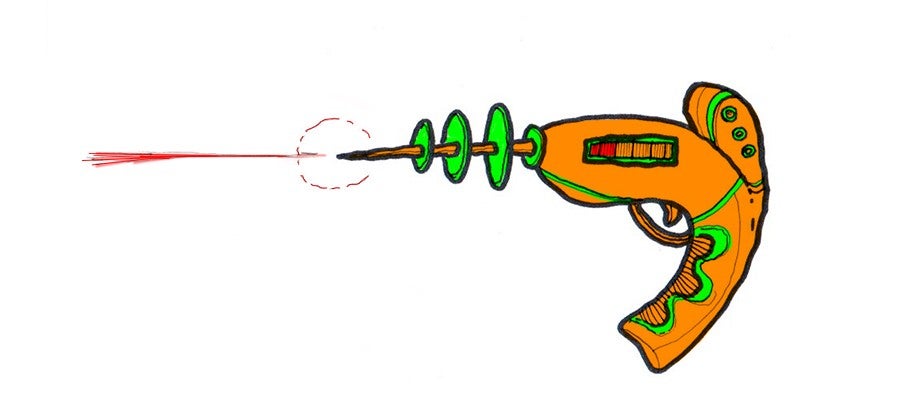
Lasers! (1995 to today)
You’d think the daunting task of hair removal would be made easier by a wide range of technological innovations, but it’s actually taken eons for scientists to figure out how to depopulate your crotch forest. Hair-removing lasers first arrived on the scene in 1995 by way of Leon Goldman, a Cincinnati-based physician who had been experimenting with them for decades. Within ten years of the technology’s introduction, more than 1,566,000 laser hair removal procedures were being performed annually in the United States alone.
Lasers were first tested on hairless guinea pigs, whose skin resembles our own. The treatment, as one textbook summarized, was similar to grilling a steak: “the first effect is browning of the surface, due to thermal denaturation of hemoglobin and other proteins, followed by sizzling as water is vaporized, followed by shrinkage and charring.” The first generation of the technology wasn’t able to distinguish between melanin in the hair bulb and melanin in the surrounding skin. Thankfully, future iterations were able to solve this problem, but firsthand accounts confirm the procedure still hurts like hell.
